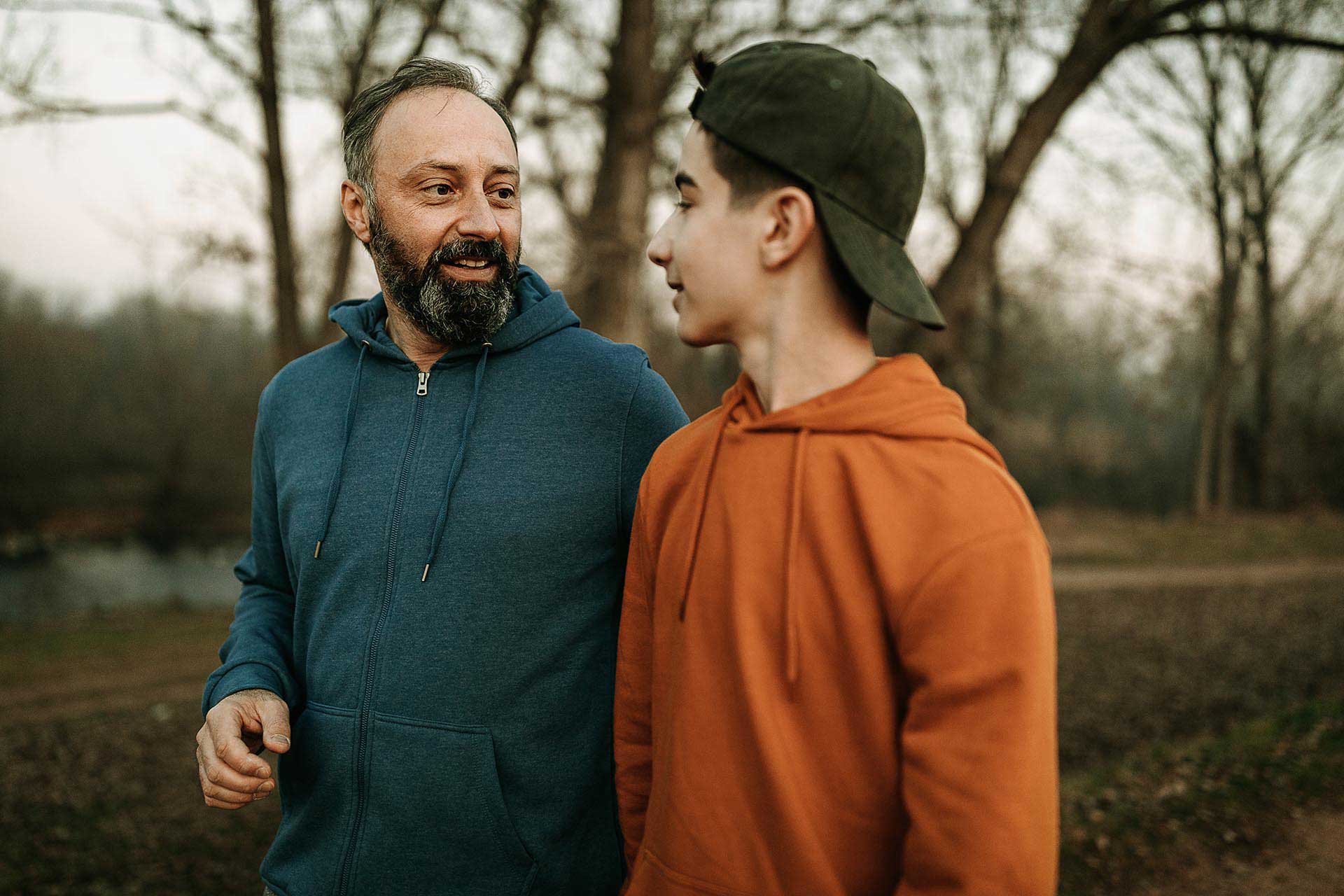Private parts: two clear reasons why we should teach correct terminology
Learning about the reproductive system is an essential part of a child’s ‘body science’ education, and the experience should be similar to learning about any other system. Just as we use the correct terminology for the head and elbow, it is important to teach children the proper names for body parts, such as the vagina, vulva, testicles, penis, breasts, and buttocks.
There are a lot of ‘cute’ or ‘funny’ names used between parents and their children in place of genitals and other parts of the reproductive system. While switching out the word penis for something like ‘doodle’ might make things a little less awkward for parents and carers, incorrectly naming private parts can be confusing and send mixed messages to your child.
Teaching correct terminology contributes to the body safety and development of a child in two crucial ways:
Correct terminology gives children the confidence to ask questions and feel supported in learning about their body and body safety
Using ‘stand-in’ words for genitals can be confusing and send a message that these parts of the body are not okay to talk about. When a child wants to ask questions about their body, slang terms can add a layer of awkwardness, embarrassment and shame.
Using correct terminology helps to teach the importance of body safety without the confusion caused by embarrassment or shame; your child will recognise their private parts are ‘private’, not because there is anything ‘wrong’ about them, but because they are generally off-limits for other people to see and touch.
Children are less likely to keep sexual abuse a secret and potentially less likely to be a target of sexual abuse
Research suggests that sexual abusers are less likely to target knowledgeable children. Using correct terminology could help to protect a child from sexual abuse in the following ways:
- child sexual abusers rely on secrets and are likely to be wary of a child who uses the correct terminology
- an abuser knows that a child’s use of correct terminology means they are more likely to be taken seriously if they report the abuse
Additionally, teaching your child to use the correct terminology means they are more likely to report sexual abuse because:
- when learning the correct names for their reproductive anatomy and understanding rules about touching and body safety, children are more likely to identify abuse or suspicious behaviour
- children are more likely to feel confident and comfortable talking to a trusted adult about abuse and not be silenced by shame
Importantly, if your child starts to use incorrect terminology or ‘pet names’ when your family uses correct terminology, this could be a warning that they are being groomed or abused.
Awkwardness about naming body parts correctly often comes from the parent or carer rather than the child. Working through this discomfort could mean considering why we are reluctant to use these terms or learning about their importance in supporting our children’s body safety and development. While using correct terminology will contribute to your child’s safety, it also encourages them to develop a positive relationship with their body and the confidence to navigate the changes of puberty.
The human body is amazing and learning about it is fascinating. By naming body parts correctly, you are encouraging great conversations about bodies and making a connection with your child. If you can talk about these things then you can talk about anything!
Further reading:
- read our fact sheet ‘Let’s talk: why parents should talk about bodies, puberty and reproduction’
- for a step-by-step guide for parents and carers on how to protect children from sexual abuse through personal body safety education, we recommend Body Safety Education: a parents’ guide to protecting kids from sexual abuse by Jayneen Sanders.
- more safety resources for parents are available at esafety.gov.au
- you can report potential online grooming or abuse via ThinkuKnow or contact your local police
- if you are an adult who experienced abuse as a child, you can call Blue Knot Helpline on 1300 657 380 or visit their website











